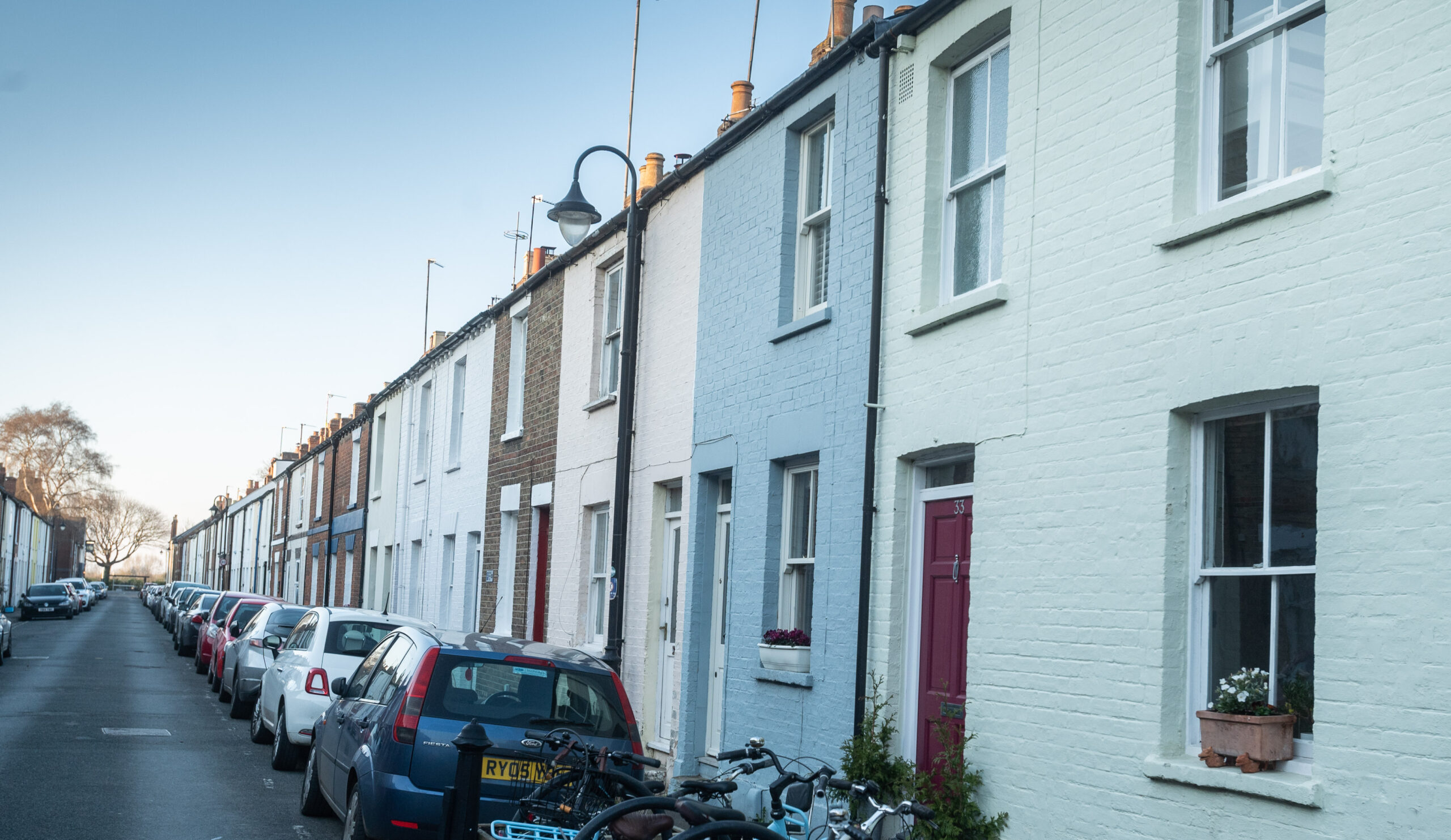
Why we are using LETI as the standard for low carbon housing
An introduction to the standard guiding low carbon housing – and why we are using it in community-led energy projects like the Community Action Plan for Zero-Carbon Energy (CAPZero)
If we’re going to cut carbon from our homes, we need a plan that’s ambitious but also works in the real world – for the kinds of houses we actually live in. That’s why the CAPZero project, supported by Low Carbon Hub, uses the LETI standard as a guide for building and upgrading homes to be genuinely low carbon.
So, what is LETI?
LETI stands for the London Energy Transformation Initiative. It began in 2017 as a voluntary network of architects, engineers and planners who wanted to help tackle the UK’s building-related carbon emissions. In 2020, they published the LETI Climate Emergency Design Guide – a clear, practical set of targets for making homes energy efficient and zero-carbon.
LETI has since become a go-to resource for local authorities, developers and community energy projects across the UK – including CAPZero here in Oxfordshire.
Key Ideas from LETI
- Low energy use
Buildings should use as little energy as possible. Good insulation and airtightness mean homes stay warm in winter and cool in summer — using less heating or air con. - All-electric buildings
New buildings should run on electricity, not gas or oil. This is better for the planet as the electricity grid becomes greener. - Use renewable energy
Use things like solar panels to make your own clean energy where possible. - Focus on real performance
It’s not enough for a building to look good on paper. LETI wants homes to perform well in real life, with energy use properly measured and checked. - Build to last
LETI supports smart design that reduces the carbon footprint of construction, using materials that are sustainable and long-lasting. - Retrofitting buildings
LETI also helps with improving existing homes, making them more energy-efficient and less polluting.
While some people might be more familiar with Passivhaus – a well-known, ambitious energy standard developed in Germany – LETI takes a different, more flexible approach. And for CAPZero, which focuses on real homes in real communities, it’s a better fit.
Here’s why:
1. It is practical for the real world
LETI sets strong energy targets – like using no more than 35 kWh per square metre – but leaves room for different ways to get there. That could mean better insulation, using heat pumps, adding solar panels or installing smart controls. It’s not one-size-fits-all, which makes it easier to apply to both new builds and retrofits (upgrading existing homes to be more energy efficient).
2. Its looks at the full carbon picture
LETI goes beyond how much energy a home uses day-to-day (known as ‘operational carbon’). It also accounts for the embodied carbon in the materials used to build or renovate the home – something that’s especially important as construction emissions become a bigger part of the climate picture.
3. It works with the clean energy future
Unlike older standards that were designed for fossil fuel-powered grids, LETI recognises that the UK is shifting rapidly to renewables. It encourages homes to be part of that transition – for example, by being solar-ready or using battery storage. That’s key for a zero-carbon future.
4. It fits with community energy goals
LETI is already influencing projects like CAPZero. It helps ensure that homes – whether new or improved – contribute to a shared goal of cutting carbon, reducing energy bills, and building local resilience.
What abount Passivhaus?
Passivhaus has set the gold standard for ultra-efficient buildings, and it remains an excellent choice in many cases. For the scale and speed of change needed – especially in the UK’s mixed and often older housing stock – LETI offers a more adaptable, cost-effective route to decarbonisation.
We’re not saying one is better than the other across the board. But for community-driven projects like CAPZero, and for practical progress across whole neighbourhoods, we find that LETI is the standard that fits best.
Retrofitting existing homes
Of course, not every home will be newly built. That’s why retrofit programmes are a key part of our work. Our partnership project Cosy Homes Oxfordshire, for example, supports homeowners to cut energy use and improve comfort through whole-house retrofit plans – guided by the same low carbon principles we use in CAPZero.
If you’re curious about what would work for your home, their team can help assess your property’s energy efficiency and create a tailored, expert-led plan for cutting carbon, from minor installations to a whole house approach.
What can you do?
If you care about low carbon homes and a fair energy future, here are three things you can do:
- Support local energy initiatives like CAPZero and Cosy Homes Oxfordshire
- Ask your council to adopt LETI standards and retrofit principles in planning policy
LETI used in Freeland Village Design Statement
Well done to Freeland Energy Group and Freeland Parish Council for including LETI standards in their Village Design Statement, published in February, 2025. Under New and redeveloped housing, the statement reads, ‘Aesthetic design should also be mutually inclusive with the construction of energy efficient housing stock, in line with LETI standards’. This complements the approach being taken by West Oxfordshire District Council in its emerging Local Plan 2041which proposes that all new development must be net zero carbon in operation through the use of defined energy performance metrics and 100% renewable energy – as promoted by LETI and other organisations.
- Spread the word about why practical, ambitious standards matter
The future of housing is being decided now. LETI helps us make sure it’s built to last – and built for everyone.
